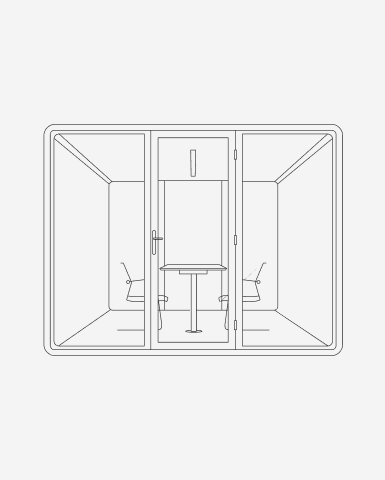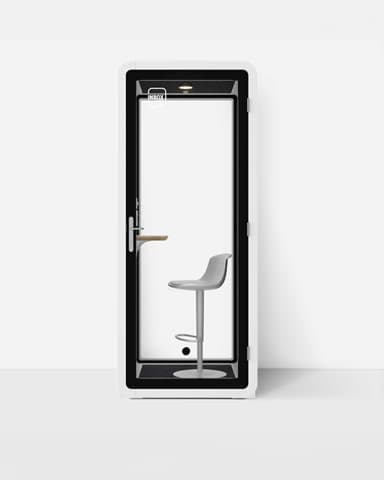Productivity
Meetings: the “necessary evil” of office culture. Sometimes it’s genuinely helpful to get a group of colleagues together. But when a meeting is poorly planned and executed, people are more likely to see them as a waste of time, and that’s the last thing anyone wants or needs.
The most productive meetings are the ones that provide clear and legitimate value for all those in attendance. The more thoughtful you are about creating purposeful and well organized meetings, the more effective and efficient they’ll be for everyone. Here are five easy ways to do exactly that:
How to make meetings more productive
Ask: Is this meeting really necessary?
We’ve all sat through a meeting that’s left us thinking “this could have been an email”. The only thing unnecessary meetings accomplish is annoying those forced to attend them. Before sending that invite, take a moment to consider what the point of your potential meeting is. Once you understand your objective, ask yourself whether a meeting is actually the best way to accomplish it. When it comes to things like information sharing or high-level problem solving, sometimes a phone call, a quick conversation in the hall, or, yes, an email, will get the job done. Some legitimate reasons for having a meeting would be:
- Making a decision
- Doing a task as a group
- Learning something new
- Bonding as a team
Provide an agenda in advance
Agendas are like GPS navigation for meetings. Not only do they help keep things on time and on track, they also give everyone a sense of what to expect. When you take the time to prepare an agenda and send it out to all attendees in advance, you give everyone an opportunity to prepare for the meeting and ask questions beforehand (or even determine whether they even need to be there – more on that in the next tip!). Agendas are also a great place to define the objective of your meeting.
Only invite people who really need to be there
It’s easy to fall into the trap of believing that having a lot of people at a meeting is the best way to keep everyone on the same page. The truth is, when it comes to attendees, less is often more. Rather than inviting a roomful of people to your meeting, pare down your invite list to only include those who will have something meaningful to contribute. Task them with disseminating information covered in the meeting to other team members if necessary. By keeping your invite list small, you’ll make it easier for everyone to participate while also keeping the meeting on time and focused.
Try to keep meetings to an hour or less
Sitting through long, drawn out meetings when you’re already busy (and who isn’t?) is borderline torturous. Few things derail a meeting quite like people shifting in their chairs, glancing at the clock, and checking their phones under the table. At a certain point, even the most respectful colleagues will find their meeting etiquette waning, so be mindful of the amount of time you’re taking up. Most people start to get fidgety around the 60 minute mark, so try to keep your meetings to an hour or less. Don’t take up an hour just because you can – if a meeting’s agenda can be covered in 30 or even 15 minutes, give people back the extra time (they’ll appreciate it!). If your meeting absolutely needs to be longer than an hour, leave space in the agenda for a break or even consider splitting the meeting up across multiple days.
Encourage participation from all attendees
An easy way to keep people engaged during a meeting is to make sure everyone is included in the discussion. Encouraging participation from those in attendance helps keep people focused and allows them to feel like the meeting was worth their time. Beyond simply asking for input or questions, also make sure to provide clear action items and next steps that attendees can take away with them. If possible, leave time in the agenda for roundtable discussion among the group. And don’t forget about those joining virtually! If you’re hosting a hybrid meeting, make the effort to ensure online attendees are part of the conversation.

Share article with your community!
Productivity




















